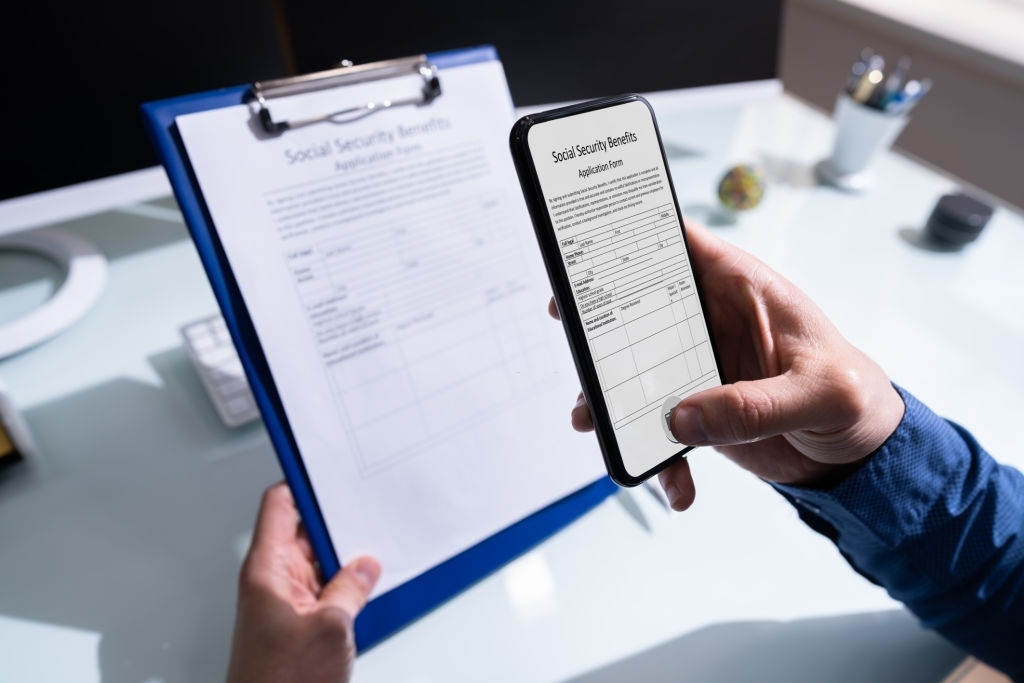Technology has a fair influence on just about everything around us. Businesses especially have seen immense changes and development in the recent few years, thanks to the overwhelming impact of technology.

This has helped businesses and industries gain years of advancement. One of the biggest examples is all the digital transformations that companies are going through. It has helped businesses adapt faster, more efficiently and improved business practices and habits. One such influence includes automation in the accounts department. In this article, we will take our time to understand digital transformations in account payable processes and the subsequent changes they brought along.
Is Automation of AP processes a good development?
Anyone associated with the finance and accounts field would be aware of how arduous the accounts payable processes can be. Not only are they time-consuming, repetitive, and labor-intensive, but they are also prone to frequent errors. Manually handling such processes requires special care and yet requires quick actions, which makes it even more of a difficult job to execute.
However, with the introduction of technology and automation, such factors are quickly dismissed. AP or Accounts Payable automation allows all kinds of accounts payable processes to be completely automated without the need for human or manual interference. The system automates every action at amazing speed. Thus, it helps reduce time, effort and also almost completely reduces any chances of errors.
Therefore, overall, yes, automation of AP processes is an excellent digital transformation that contributes to the betterment and development of businesses. This is precisely the reason why more and more companies are quickly adapting this digital transformation to reap the best benefits that it offers.
How has digital transformation improved AP processes?
Now that we know that digital transformation in the AP process is indeed a good development, let us now understand how exactly the processes have improved.
Ease in importing of data
One of the most exhaustive tasks in the accounts payable process is manually documenting and capturing data from invoices. The process itself was long and arduous and included a greater risk of errors and misplaced information.
With AP automation, such worries are no longer a concern for businesses. AP automation provides two great solutions for data entry for the AP process:
- For physical invoices
AP automation allows easy integration with tools such as OCR (Optical Character Recognition) tools that allow easy reading of data from physical invoices and making the relevant data entry. However, the OCR technology is still developing further, which promises better and more accurate data reading and entry.
- For electronic invoices
The other, more convenient solution is the usage of electronic invoices. As industries keep progressing, almost everything is getting an electronic alter ego, and the same applies to invoices. These invoices transfer directly from the supplier’s devices to the businesses’ systems. It does not include the hassle of data entry and does not require any manual intervention. This solution cust down chances of error almost entirely.
Reduced error and misplaced invoices
Manual and traditional AP processes bore a heavy risk of losing, misplacing, and overlooking invoices. With an overwhelming number of invoices, it would always be a great headache for employees to keep track of every single invoice without misplacing them.
However, with AP automation, the number of invoices means close to nothing. The system effectively deals with each invoice without misplacing them. Also, this reduces the chance of fraud and deception.
Proper records of cash flow
A business needs to be able to know and keep track of every percent of its funds. A clear record of cash flow, investments, and expenditures help businesses get a clear understanding of where it stands financially. With AP automation, keeping track of such variables becomes easier and convenient.
AP automation allows you to keep and archive all invoices for auditing and reviewing purposes. Having to do it manually is not only a hassle but also would involve additional responsibilities such as document storage and management and bear risks of losing them. However, with digital and cloud storage and management, such factors are eliminated.
Increased satisfaction among employees
Lastly, AP automation allows for optimum usage of human resources. With traditional means, a good number of employees were constantly buried under the redundant job of data entry, approval of invoices, and so on.
However, with the automation of the AP process, the employees are relieved of such monotonous activities. With that, the company can make better use of its employees by involving them in projects that are of high priority.
Conclusion
Digital transformation has brought forward some amazing developments in the business sectors, and AP automation is, without a doubt, one of the greatest among them. It has enabled companies to have a better financial and AP infrastructure that is quicker, efficient, and highly secure than traditional means.
AP infrastructure





